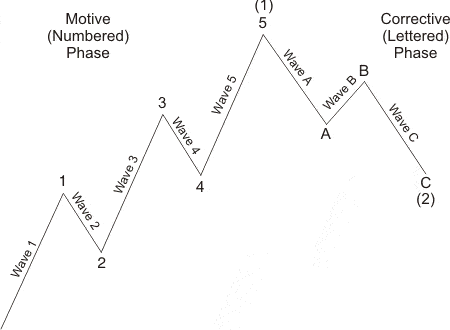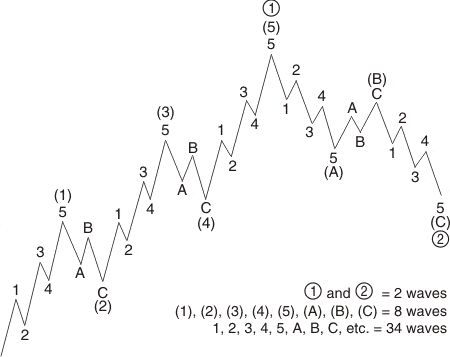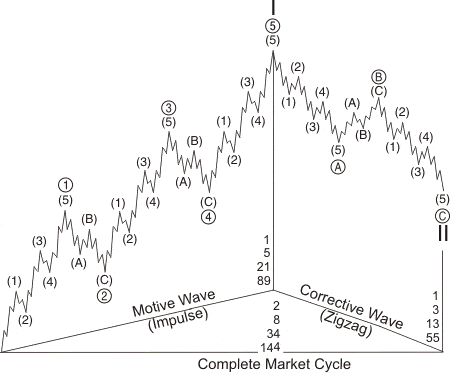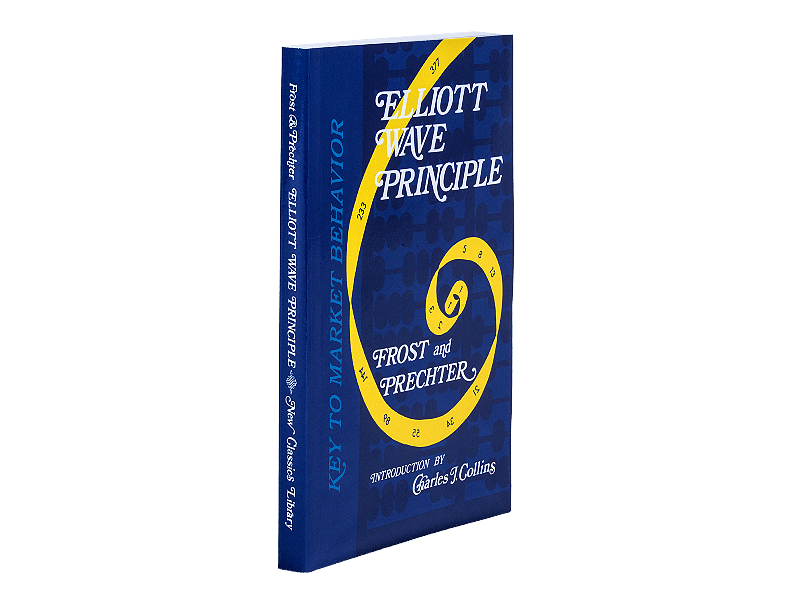Impulse
Key Takeaway: An impulse wave is a five-wave pattern that subdivides 5-3-5-3-5 and contains no overlap.
The most common motive wave is an impulse, per Figure 1.

In an impulse, wave 4 does not enter the price territory of (i.e., “overlap”) wave 1. This rule holds for all non-leveraged “cash” markets. Futures markets, with their extreme leverage, can induce short term price extremes that would not occur in cash markets. Even so, overlapping is usually confined to daily and intraday price fluctuations and even then is rare.
In addition, the actionary subwaves (1, 3 and 5) of an impulse are themselves motive, and subwave 3 is always an impulse. Figures 2, 3 and 4 all depict impulses in the 1, 3, 5, A and C wave position.



Rules for Impulses
As detailed in the preceding paragraph, there are only a few simple rules for interpreting impulses properly. A rule is so called because it governs all waves to which it applies. Typical, yet not inevitable, characteristics of waves are called guidelines. Guidelines of impulse formation, such as extension, truncation and alteration, are discussed in other Index entries. A rule should never be disregarded. In many years of practice with countless patterns, we have found but one or two instances above Subminuette degree when all other rules and guidelines combined to suggest that a rule was broken. Analysts who routinely break any of the rules are practicing some form of analysis other than that guided by the Wave Principle. These rules have great practical utility in correct counting, which we explore further in discussing extensions in another Index entry.
“So wait… I can really learn to predict the markets?”

Yes. Markets aren’t rational. For every action, there isn’t always an equal and opposite reaction.
What drives prices isn’t logic, but emotion. Market emotions unfold in predictable patterns called Elliott waves. That’s what makes prices predictable.
What you just read is from the Wall Street bestseller, “Elliott Wave Principle: Key to Market Behavior.” For 40+ years, it’s been a top-shelf book on unbiased market analysis.
Amazon reviewers call it “classic and essential” and ” the bible of the theory.” Now, you can get instant, FREE access to the full online version of this book ($29 value).